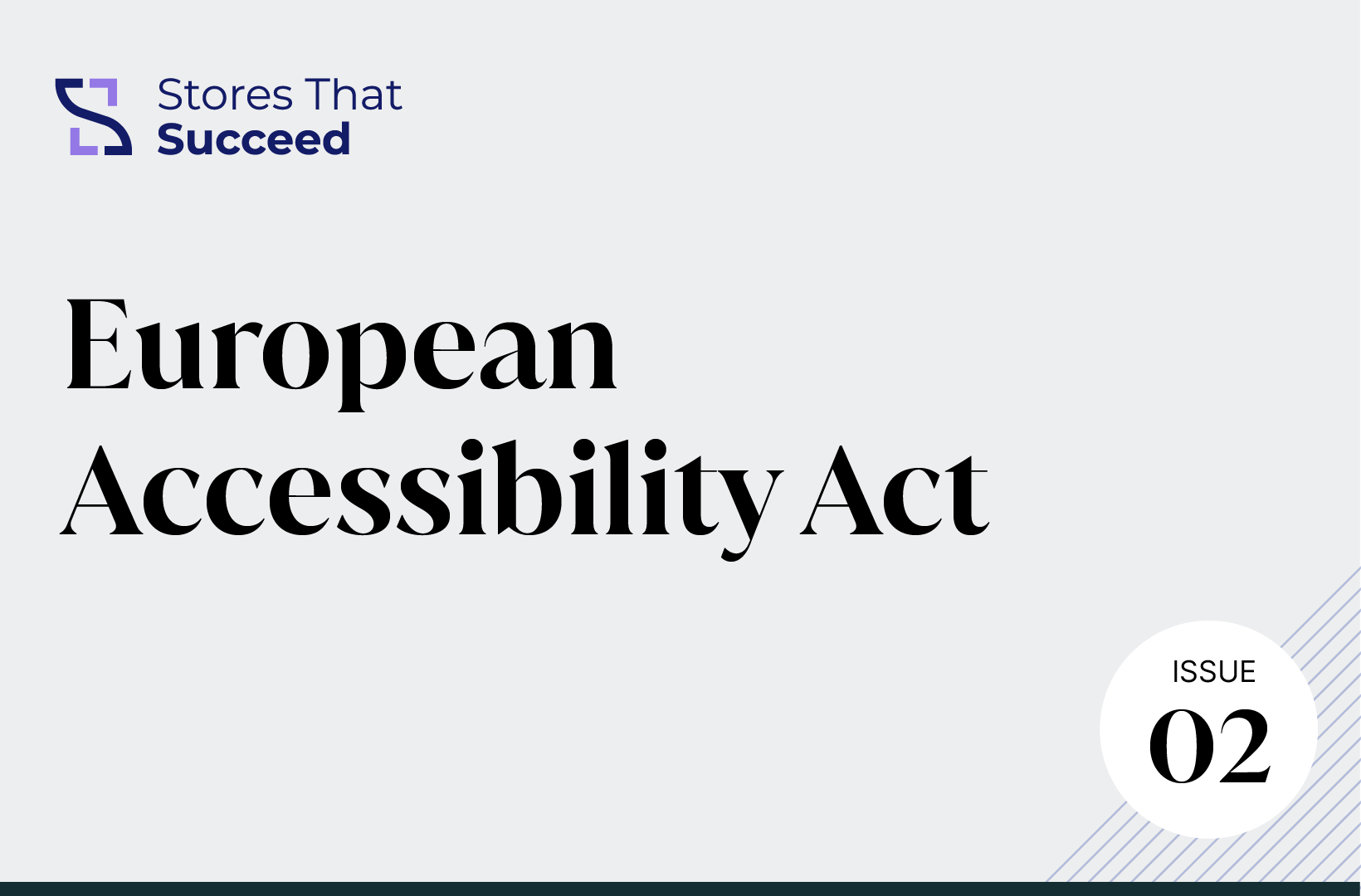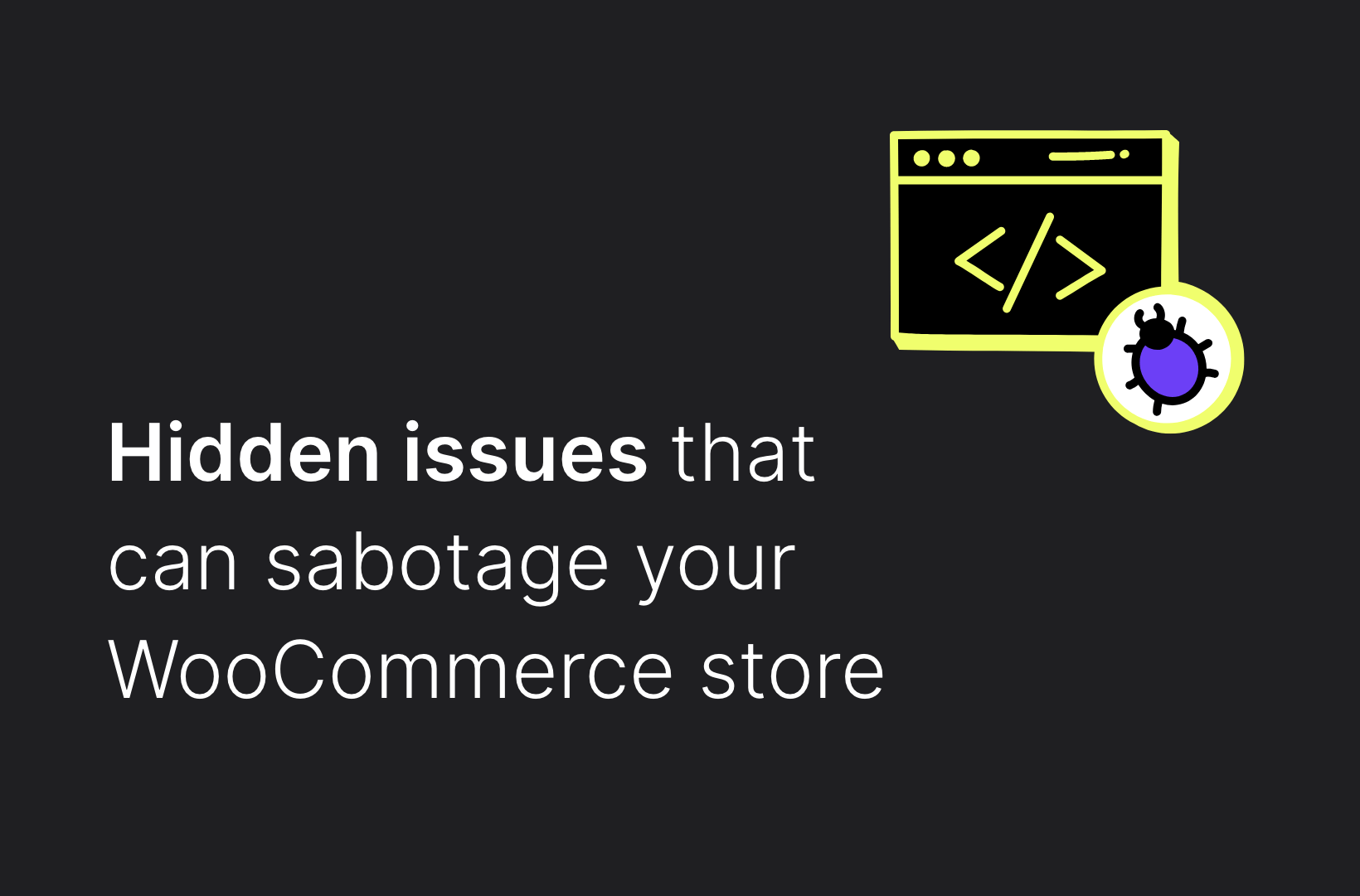Don’t Abandon Your Cart Page
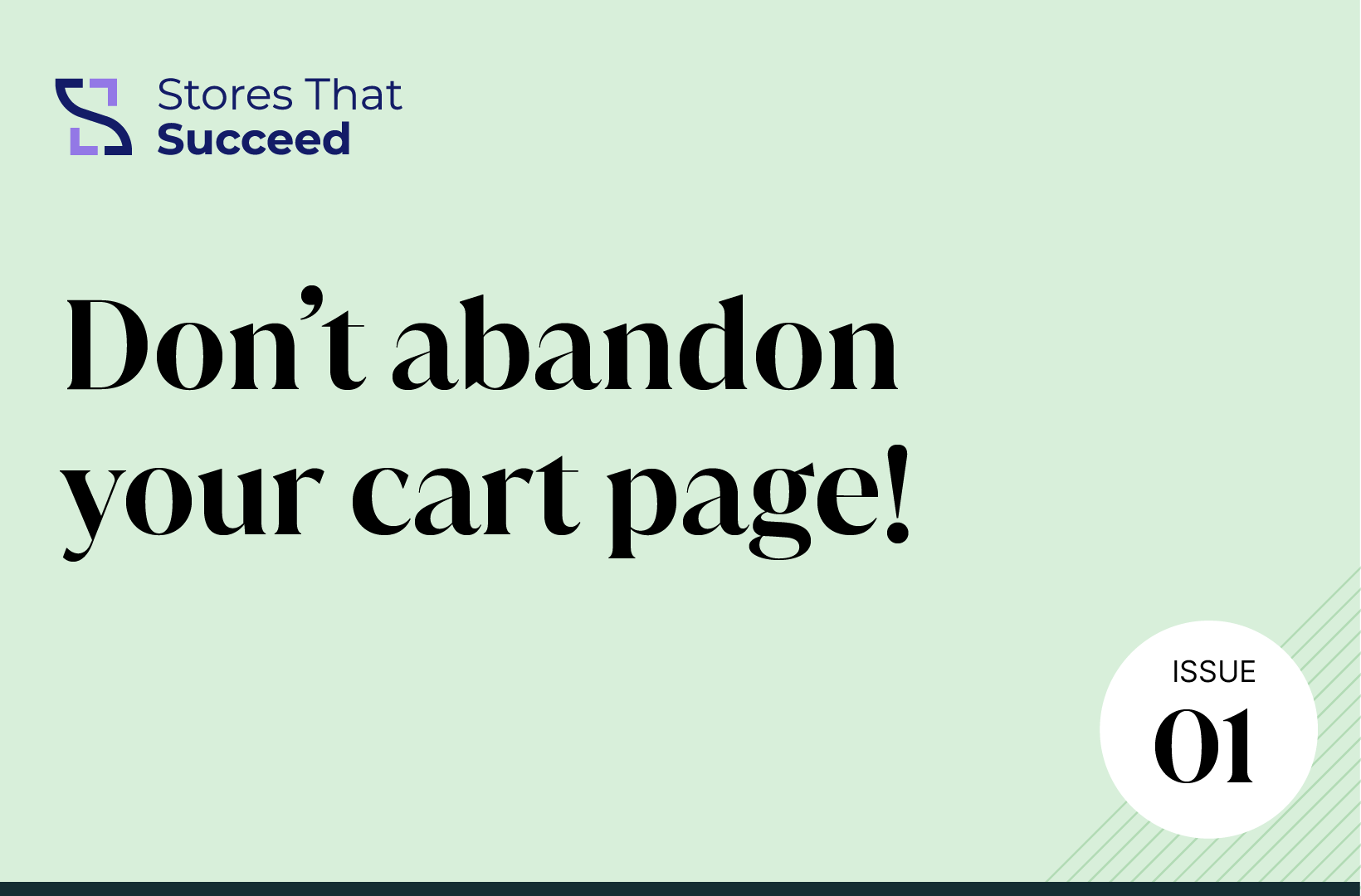
This post is adapted from our newsletter, Stores That Succeed, where we give exclusive, expert advice to enterprise-level businesses. When businesses that run on WooCommerce don’t succeed, it’s usually because their store is set up for failure. We’re here to help you win at WooCommerce by building a store that can handle anything you throw at it.
If you want to make sure you never miss a newsletter, get in touch and we’ll add you to our mailing list.
In this issue, we’re tackling a critical component of your WooCommerce store: the cart page. Too many store owners assume that just because they like the way their theme looks, their cart page template is perfectly functional and does the job. And sure, it probably does an okay job – but does it do the best job it can?
Why Customize Your Cart Page?
Give your customers a better shopping experience
The reality is that generally speaking, the default cart page is basic, bland, and boring across most themes. When you’re trying to inspire customers to complete their purchase, boring isn’t good enough. You want your customers to feel good about their purchase at every stage of the shopping journey, and that crucially means making sure your cart page is designed to fit your brand and offers a great user experience.
For example, if you’re a sustainable fashion brand, you might use earthy colors, natural textures, and eco-friendly icons on your cart page to reinforce your commitment to sustainability. Additionally, you might include trust badges, customer reviews, or social proof that align with your brand’s values to assure readers that they are paying for a quality product.
Of course, a cart shouldn’t be busy – that might overwhelm your customers. Check out this really simple but effective cart from Hello MOOD, which includes a progress bar showing customers how far away they are from free shipping:
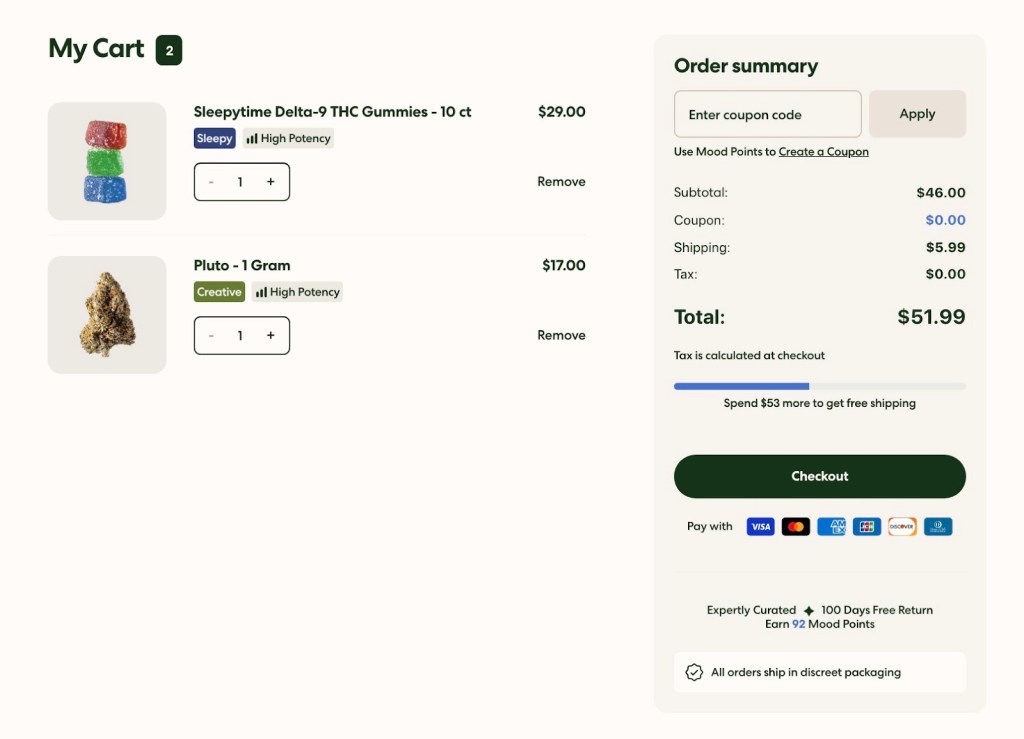
Get customers to come back later
Plus, the role of your cart page isn’t just to motivate all your customers to check out instantly, but also to keep customers who initially abandon their carts thinking about their potential purchase. Optimizing your cart for this would include adding a ‘Save for Later’ button, as well as adding custom fields such as an email address, with the option for customers to opt in for newsletters and personalized emails.
For example, when you add an item to the cart at Badeloft, you have the option to continue shopping or start the checkout process. In the first stage of checking out, you’re prompted to first create an account, making it possible for users to save their cart details in case they don’t complete their purchases.
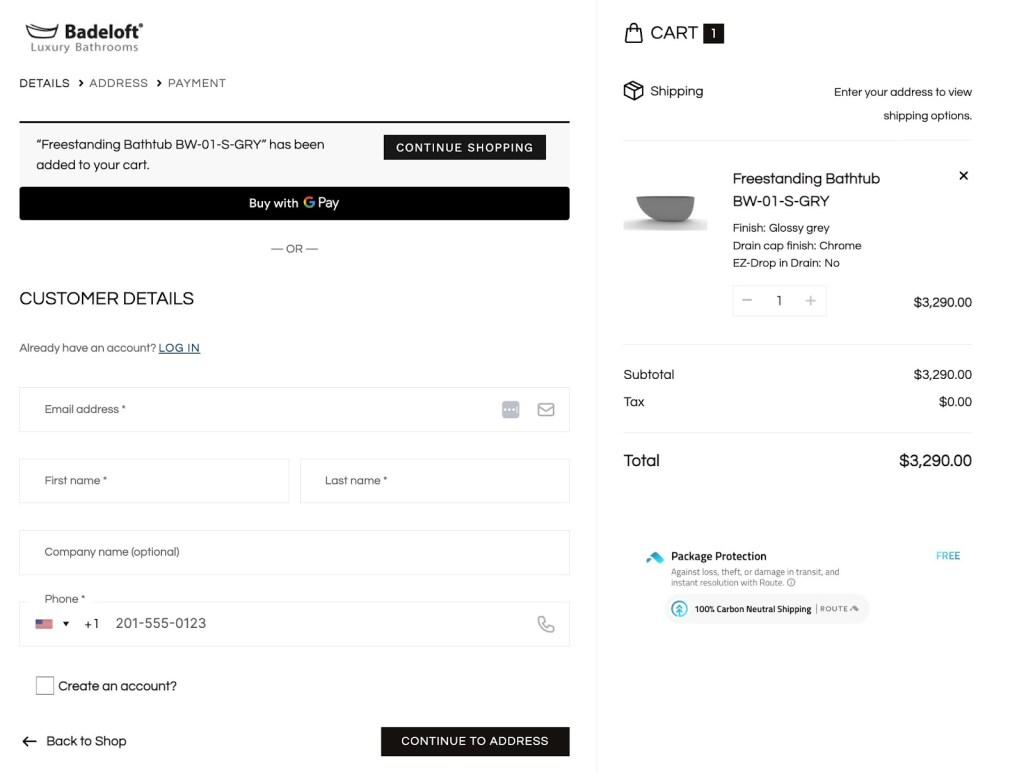
Make your customers want to spend more
This might be the most important reason why you would want to optimize your cart page. By displaying personalized up-sell and cross-sell opportunities, you increase the chance of customers increasing their AOV (average order value). In other words, investing in your cart means you get more money back.
As customer acquisition costs (CAC) continue to rise over time due to factors like increased competition, rising ad costs, and changing consumer behaviors, ecommerce merchants are increasingly focused on maximizing the value they get from each customer they acquire. By driving up the AOV through tactics like upselling more expensive items, cross-selling related products, offering free shipping thresholds, and providing volume discounts, merchants can recoup their acquisition costs faster, improve the lifetime value of each customer, and continue to grow profits even as CAC increases. It’s a more cost-effective approach than simply acquiring a larger number of new customers.
To increase your customers’ average expenditure, hone in on their FOMO. Show them related products based on the items in their cart or give them the opportunity to upgrade at the last minute. For example, if a customer has a smartphone in their cart, you could suggest adding a protective case or a screen protector. This targeted approach not only boosts the value of each order but also enhances the customer’s overall shopping experience by providing them with relevant, personalized recommendations that they just can’t resist.
Check out how Nutribullet have done a great job with this by offering extended warranty and add-ons within the cart page:
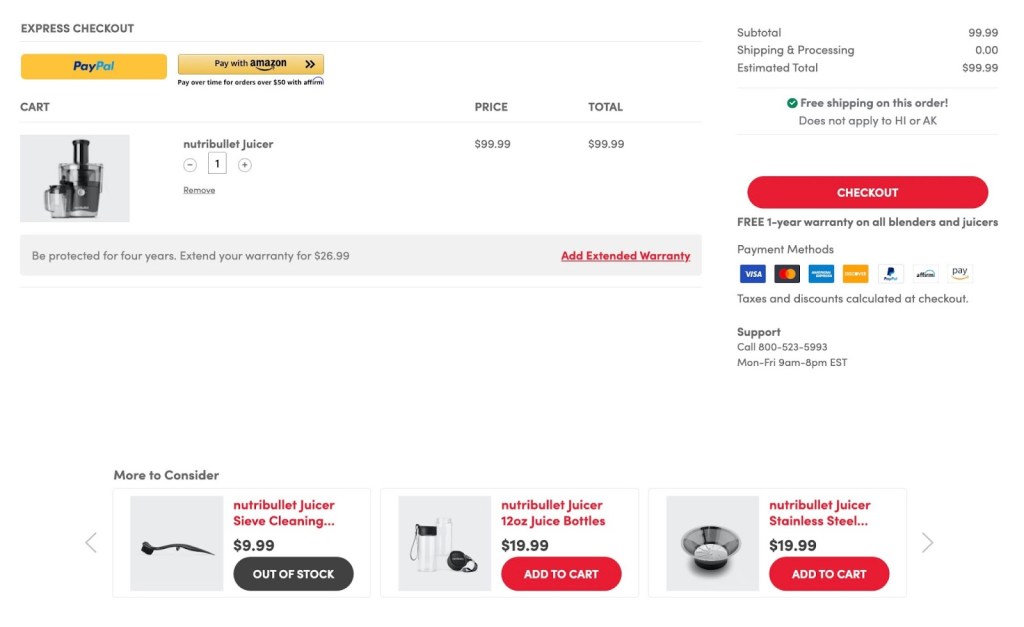
The Pitfalls of DIY Cart Customization
As with anything WooCommerce, there are several methods to customize your cart page, and we can split them into two categories: the methods that are cheap, and the methods that get you the long-lasting results that you want.
We have a blog post that goes over the different options for customizing your cart, including using the WooCommerce cart block to create a new template, cart customization plugins, and using page builders. In general, these methods are fine for small customizations, such as adding new custom fields, re-ordering them, or deleting fields that you don’t want (admittedly, we’re not fans of page builders, but that’s a topic for another newsletter).
For smaller businesses, using a quick-fix solution might be sufficient. However, such solutions can lead to long-term issues, such as:
- Slow site performance due to bloated code
- Compatibility issues with WooCommerce updates
- Generic, forgettable designs that fail to capture your brand’s uniqueness
- Limited functionality that can’t support advanced features
In our experience, these DIY approaches rarely deliver the results enterprise-level businesses need to succeed in today’s competitive eCommerce landscape. As always, there are exceptions. The Kadence Shop Kit, for example, allows you to create really effective conditional cart banners that display in the cart depending on its contents, total price, or total weight.
However, while we do recommend getting the Kadence Shop Kit – we first and foremost always think it’s imperative to consult a WooCommerce expert if you’re concerned your cart is driving away sales.
The Expert Approach to Cart Optimization
To truly optimize your WooCommerce cart for maximum conversions, you need the expertise of seasoned WooCommerce developers who can implement custom coding that empowers you to break free from the limitations of pre-built templates and generic extensions. With a trusted WooExpert leading the way, you can:
- Implement custom cart features tailored to your specific business needs
- Ensure optimal site performance for a seamless user experience
- Integrate advanced functionalities like dynamic pricing and personalized recommendations
- Maintain compatibility with WooCommerce updates for worry-free maintenance
At Saucal, we specialize in crafting sophisticated eCommerce solutions for enterprise-level WooCommerce stores. Our team of WooCommerce experts has the knowledge and experience to help you avoid the common pitfalls of DIY cart customization; create a cart page that reflects your brand’s unique identity; optimize your cart for performance, conversions, and growth; and future-proof your store for long-term success.
Don’t settle for a subpar cart page that’s holding your business back. Get in touch with Saucal today and discover how our expert WooCommerce developers can help you win at WooCommerce.
 Book now, build later. Lock in 20% OFF projects over $10K when you book by Dec 31.
Book now, build later. Lock in 20% OFF projects over $10K when you book by Dec 31.  Start 2026 focused, stress-free, and ready to grow.
Start 2026 focused, stress-free, and ready to grow. 
